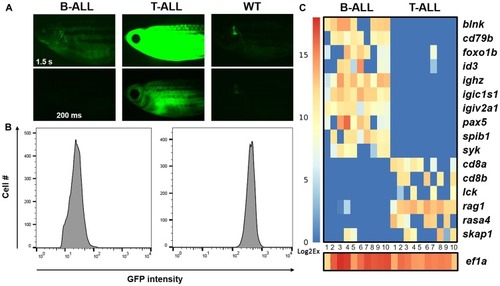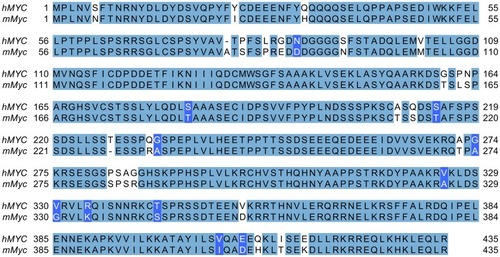- Title
-
Zebrafish B cell acute lymphoblastic leukemia: new findings in an old model
- Authors
- Park, G., Burroughs-Garcia, J., Foster, C.A., Hasan, A., Borga, C., Frazer, J.K.
- Source
- Full text @ Oncotarget
|
( PHENOTYPE:
|
|
( PHENOTYPE:
|
|
( |
|
Transgenic human and mouse MYC are 435 and 439 amino acids, respectively (last four |
|
( |





